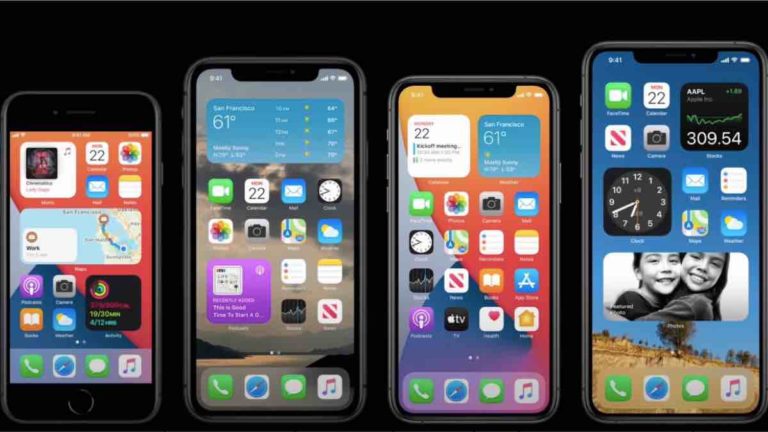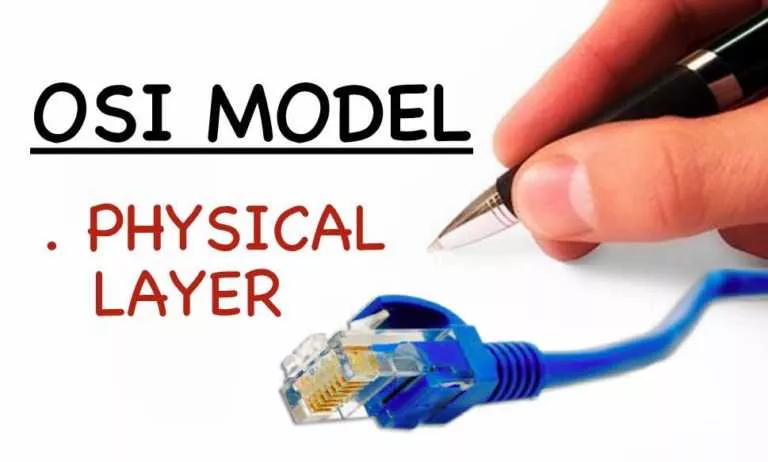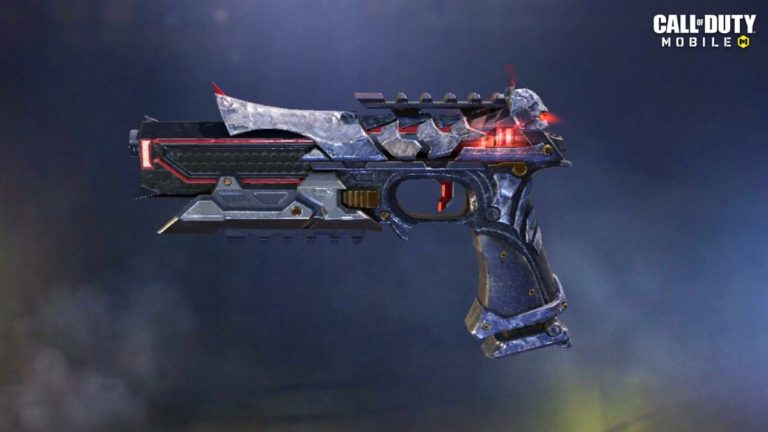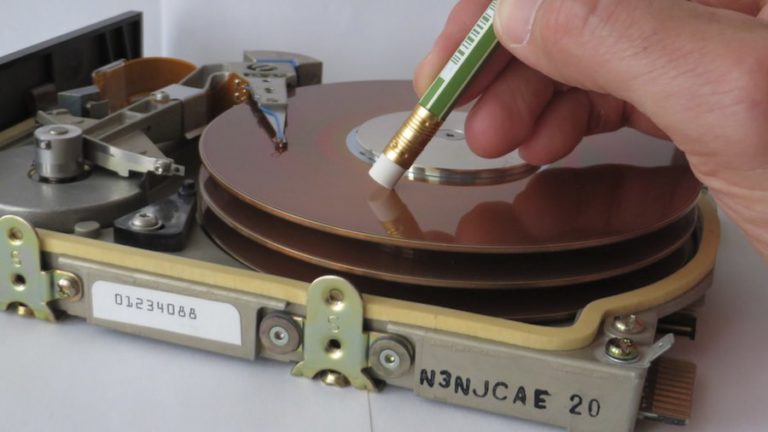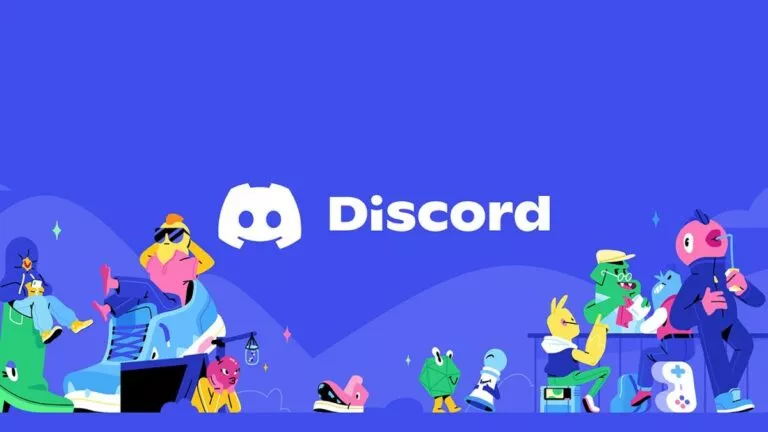How Chromecast Works? What is Google Chromecast?

Short Bytes: The Chromecast line of digital media players is probably one of the easiest and cheapest streaming devices in the market. It connects to the devices present on a wireless network and streams music, videos, mirror devices and browser tabs to a bigger display. Users can also use Chromecast to stream games from a smartphone and use the TV as the second screen.
Google Chromecast barely needs an introduction to most of us. However, if you are still unaware of the existence of Chromecast, it’s a simple $35 media streaming device used to put content from your smartphone, tablet or PC to your TV screen.Generally, Chromecast takes the advantage of your WiFi network and beams stuff on your TV screen. However, the Guest Mode in Chromecast allows other people, whom you don’t want to give your WiFi password, to cast content directly.
Recommended: How To Set Up Chromecast Using Android, iOS, And PC?
The first device to be named as Chromecast was launched in 2013. This was followed by the second-gen Chromecast in 2015 which arrived with major design changes. The same design has been used for later variants including Chromecast Audio (released alongside Chromecast 2) and Ultra.
Other than these Google-made receiver devices, a number of other manufacturers offer televisions, media players, soundbars, etc. with built-in Chromecast support. On the software part, all of these devices leverage a closed-source media streaming protocol.
Known as Google Cast, the protocol is responsible for casting apps and games from Android and iOS devices. Moreover, in the case of desktop operating systems including Windows, MacOS, and Linux, the Google Cast protocol is built into Google Chrome which can be used to cast a browser tab or complete desktop screen.
How Chromecast works?
Chromecast can be used to stream both local and Internet-based content. When you press the cast button in an app, it tells the Chromecast receiver about the content to be streamed. The receiver uses a Chrome-like environment to stream the desired content from the web.
The songs and videos you stream using Chromecast aren’t pulled from your device but directly from the relevant source on the web. That’s the reason your phone’s battery doesn’t drain quickly while casting movies and TV shows.
The basic framework of the Google Cast protocol includes a sender and a receiver app. The sender apps are the Chromecast compatible apps you use on your Android and iOS devices, and the web apps accessed through the Chrome browser.
Google has also released the Google Cast SDK which allows developers to add Google Cast protocol support to their apps. Currently, there are more than 20,000 Chromecast-apps living on the Google Play Store. On the other hand, the receiver app is present on the streaming devices like the Chromecast-branded dongles and devices with Chromecast built-in.
The receiver app can be programmed according to the needs of the developer. From a simple version capable of playing HTML5 content through the default media player to a customized one including support for other protocols, such as HLS and MPEG-DASH, which belong to the Google Cast Media Player Library – a part of the Google Cast SDK.
The Media Player Library API also enables DRM-protection technologies including PlayReady DRM, Widevine DRM, and HLS AES Protection.
Over the years, Google has improved the screen mirroring functionality of Chromecast devices utilizing multiple displays. The Remote Display API, currently in beta, allows Google Cast to show different content on the sender devices and on the external display which can act as a second screen. People can cast native games and other heavy resource native apps, requiring extra CPU and GPU muscles, to Chromecast receiver devices.
Chromecast has one clear advantage, it levies us from the burden of installing apps. This contributes to making the operation easier and lowering the costs as a huge memory chip doesn’t need to be fitted in the receiver. Chromecast 2 has just 256MB of onboard storage.
So, this was a brief piece on What is Chromecast?, and How a Chromecast device works? Now, if you have a spare Chromecast device lying around in your house, you can set it up using your Android, iOS smartphone or your computer.
Do you really need Chromecast?
Now, about the working of Chromecast and what is does? The question is that you need the $35 Chromecast device or not? The answer is yes if you’re more into streaming websites such as Spotify, Netflix, YouTube, Google Play, Hulu, HBO Now, Saavn, Twitch and you want to the watch the stuff on a bigger screen.
Generally, the receiver device most people refer to is Chromecast 2. If you have a TV with 4K display resolution, then go for the $69 Chromecast Ultra which was launched at Google’s biggest hardware event in 2016 alongside Google Home and Daydream VR.
Don’t waste your money on Chromecast if cable networks are your type or you rely on an Apple Music subscription because the app doesn’t have the Cast button. Also, it’s a no for iTunes movies and Amazon Video. For that, you can go for Chromecast alternatives like Roku Express and Amazon Fire TV Stick.
What else we know about Chromecast? Maybe, some tips and tricks
Chromecast can also be helpful for the one who wants to watch their local collection on a bigger screen. If you already have one at your home, you might want to have a look at these Chromecast tips and tricks.
Got something to add, drop your thoughts and feedback.
Also Read: 6 Biggest Differences Between Google Maps And Google Earth

